A place for news, resources and updates on the preserve and surrounding area.

Reposted courtesy of wildpath.com Today, the Florida Governor and Cabinet approved funding for the permanent conservation of 21,063 acres across five different landscapes within and adjacent to
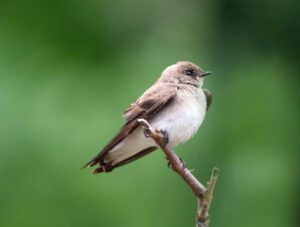
Our spring migration roughly runs from mid March through mid May, with a very few birds outside those parameters. The general peak of the movement
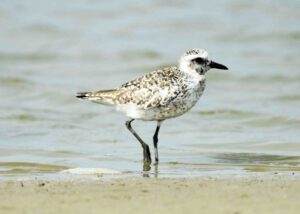
Birders fear groups like Empidonax flycatchers for difficulty of identification but I’ve discovered that for a variety of reasons, birders really crash on wintering plovers
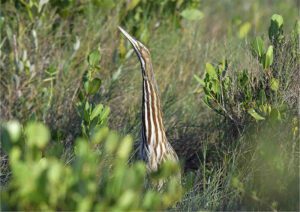
Florida has more kinds of aquatic habitat than any area equal-sized on the Planet. Aside from a never-ending salty shoreline, with estuaries, salt marsh and

Posted Nov 25, 2022, at 4:30am by South Walton Turtle Watch. Heyoooo!! Happy #FriYayyy the #BlackFriday #FinalEdition We have so much to be thankful for after a fantastic season!! Check
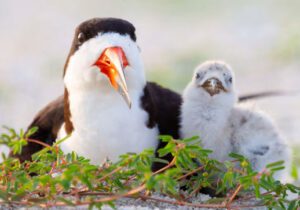
by the Florida Fish & Wildlife Conservation Commission, November 2022
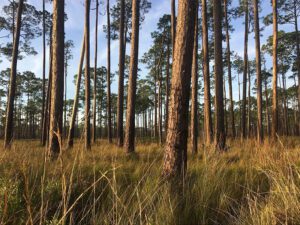
The committee met with Sean Hendley, Wiregrass Ecological Associates, regarding land management of the Coffeen Nature Preserve over the next 3-5 years. The intent of
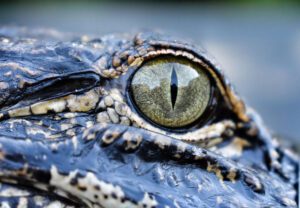
Courtesy of the Florida Fish and Wildlife Conservation Commission With summer in full swing, many people are working and recreating near Florida’s lakes, rivers and
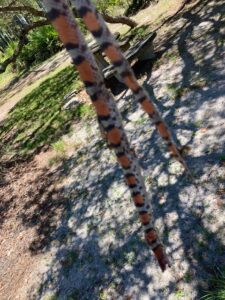
Increasingly, speeding vehicles in Four Mile Village are being witnessed. Other than the concerns such observations present, the most damaging of these would be an
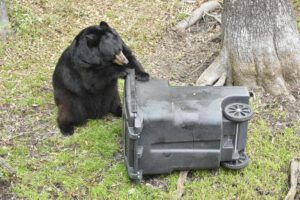
BLACK BEAR- The Florida black bear is the smallest of American bear, but the largest terrestrial omnivore or carnivore in Florida. Diet consists primarily of
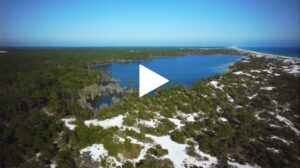
Film by Elam Stoltzfus The coastal dune lakes of northwest Florida are home to many diverse species-some of them endangered such as the loggerhead sea